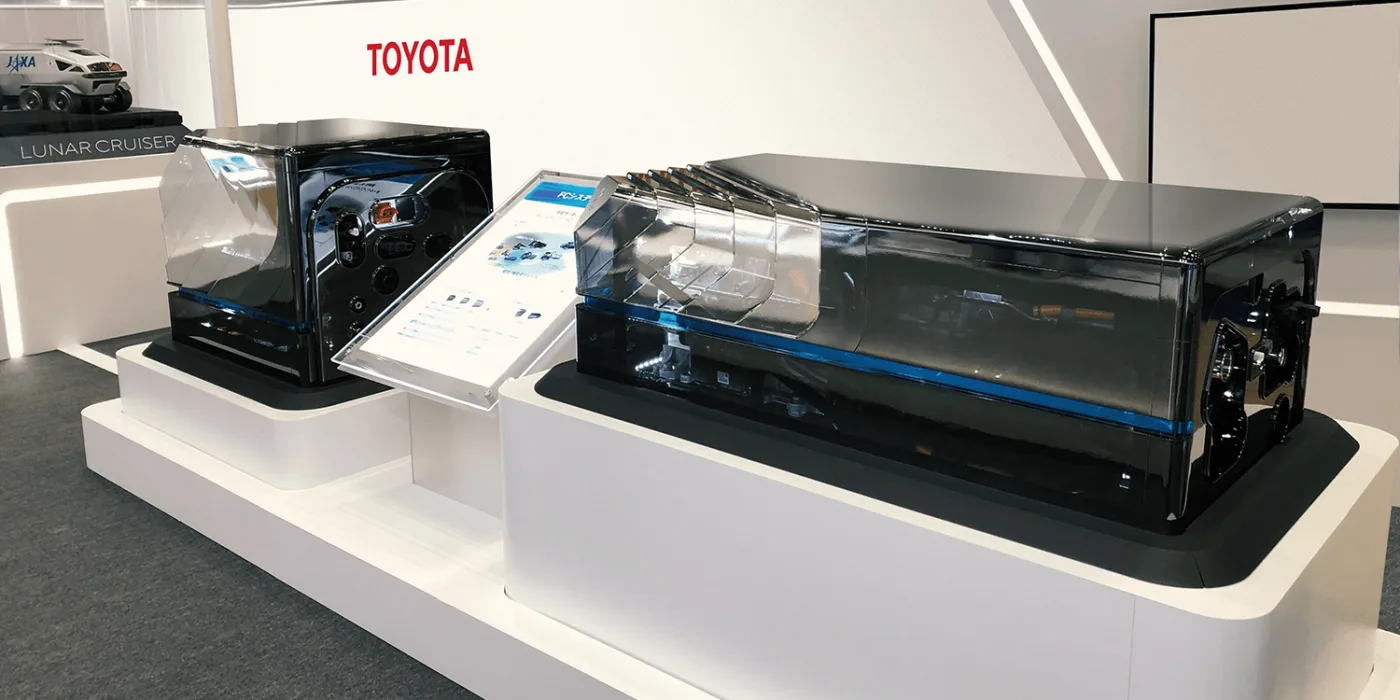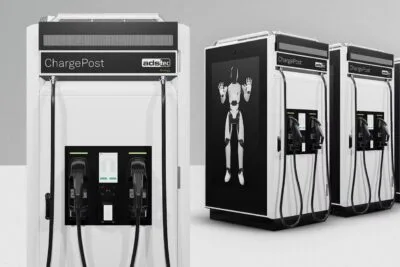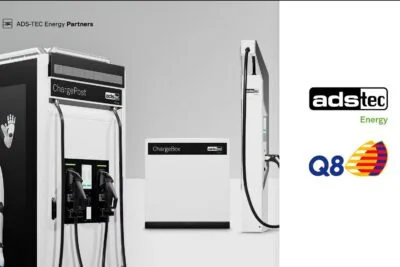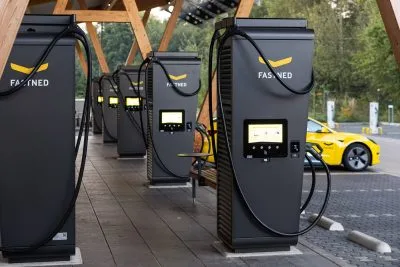Hydrogen fuel cell rail project takes off in Europe
The EU project FCH2RAIL (Fuel Cell Hybrid Power Pack for Rail Applications) with partners from Belgium, Germany, Spain and Portugal is developing and testing a new zero-emission train prototype. Key to the idea is a combination of electricity from overhead wires with a fuel cell power pack.
++ This article has been updated. Kindly continue reading below. ++
FCH2RAIL wants to offer an alternative to conventional diesel locomotives and trains that have to cross the sections without an overhead line. At the heart of the project is what the consortium calls “a hybrid bimodal propulsion system” that combines power from the overhead lines with a “fuel cell hybrid power pack”. The latter comprises hydrogen fuel cells and batteries. The concept: if energy is available from the overhead lines, the train uses it; if there is no overhead line, the energy comes from the fuel cell and battery system. Concrete performance data have not yet been published.
According to a statement by the German Aerospace Center (DLR), which is involved in the project, the energy supply system will be designed in such a way that power and range can be extended: “The number of fuel cells and battery modules influences the propulsion power, while the number of hydrogen tanks determines the range on non-electrified routes. In this way, the drive unit can be used for both passenger and freight transport,” the DRL writes.
“We want to show that this type of bi-mode train is a competitive and environmentally friendly alternative to the diesel train,” explains scientist and project leader Holger Dittus from DLR’s Institute of Vehicle Concepts. The FCH2RAIL project started back in January, and the participants have already defined the first reference routes and operating scenarios for the prototype. With a budget of €14 million, a hydrogen drive system is to be developed, demonstrated and approved within four years. The European programme Fuel Cells and Hydrogen 2 Joint Undertaking (FCH 2 JU) contributes ten million euros alone.
The concrete plan is to convert an electric CIVIA commuter train from the Spanish manufacturer CAF and equip it with a fuel cell hybrid power pack. The Spanish state railway company Renfe is providing the train, Toyota is contributing the fuel cell system modules, and CAF supplies batteries and power converters. Initial tests and trial operation for approval will take place on Spanish and Portuguese lines. The Spanish hydrogen research centre Centro National de Hidrogeno (CNH2) is setting up a hydrogen fuelling station in parallel.
According to DLR, the international project team still has several technological challenges to overcome before the first trial runs begin: “For the design, fuel cell and battery modules must be combined and controlled in such a way that the system meets all requirements and can be implemented cost-effectively at the same time. Besides, it should be possible to use the waste heat from the fuel cell modules in an efficient way to heat and air-condition the train.” Against this background, the manufacturer of the air conditioning system, Faiveley / Stemmann Technik (STT) and the DLR, are researching innovative solutions for reducing the energy demand for the heating, ventilation, and air conditioning system, he said.
The project also examines existing norms and standards in the fields of hydrogen and railways and is trying to combine the two to ensure a safe dovetailing between hydrogen technology and the contact line system. On this basis, the project team is developing proposals for the competent authorities to facilitate EU-wide approvals for such trains in the future.
Manufacturers and authorities are currently doing a lot in this area. At the beginning of March, the German Federal Ministry of Transport announced that it had further developed its electrification programme for railways, which was launched in 2019. It now contains all the measures with which the coalition agreement’s goal to equip 70 per cent of the rail network with overhead lines is to be achieved. Alternative drive systems in vehicles and trains are also to be promoted in this context.
Update 24 January 2022
Toyota has delivered the first of six fuel cell modules for a zero-emission train. A corresponding prototype with a bimodal hybrid drive is currently being developed as part of the European FCH2RAIL project, in which Toyota is joined by various international partners from Germany, Belgium, Spain and Portugal.
The bimodal propulsion system combines electrical power from the overhead line with a hydrogen-powered fuel cell and battery system. Toyota is contributing the fuel cell modules, which are already known from the second model generation of the Mirai sedan. According to Toyota, the flat configuration of the stacks allows the fuel cells to be installed on the roof of the train. The Japanese manufacturer does not mention performance data of the train drive in the press release.
Update 01 August 2022
CAF has now started the dynamic tests of the demonstration train with a fuel cell battery system on an external track. Previously, the static tests were successfully completed at CAF’s Zaragoza plant, according to CAF. In addition to CAF, the consortium of companies includes DLR, Toyota, Renfe, ADIF, CNH2, IP and Stemmann-Technik.
During the dynamic tests, the “hybridisation of fuel cells and batteries” will now be optimised in the specifications defined as representative in the project, CAF adds. Based on these specifications, commercial operation will be simulated in order to test the new system under as many energy requirements as possible. “As a result of these tests, the competitiveness of the new bi-mode hybrid propulsion solution can be evaluated against the diesel trains currently in use on many routes, within the framework of current plans to decarbonize rail transport,” the company wrote.
With reporting by Cora Werwitzke, France.
toyota.eu, dlr.de (in German), toyota.eu (update), caf.net (update II)





0 Comments